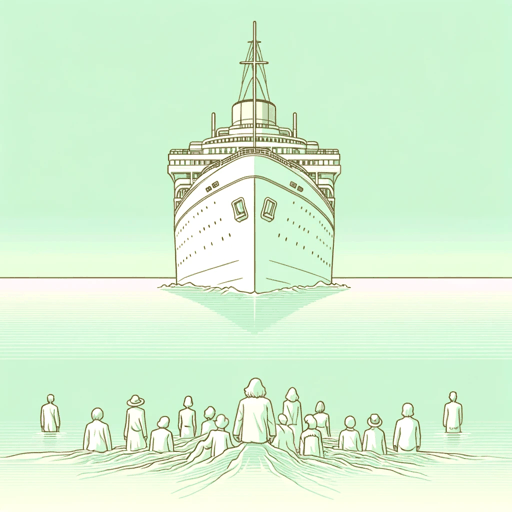76 pages • 2 hours read
Gabrielle ZevinElsewhere
Fiction | Novel | YA | Published in 2005A modern alternative to SparkNotes and CliffsNotes, SuperSummary offers high-quality Study Guides with detailed chapter summaries and analysis of major themes, characters, and more. For select classroom titles, we also provide Teaching Guides with discussion and quiz questions to prompt student engagement.
Before Reading
Reading Context
Use these questions or activities to help gauge students’ familiarity with and spark their interest in the context of the work, giving them an entry point into the text itself.
Short Answer
1. What is a coming-of-age story? What examples of this story type have you read, watched, or heard about?
Teaching Suggestion: Although the story takes place after the protagonist’s death, Elsewhere is at heart a traditional coming-of-age story. Students may be able to define this story type reasonably well from background knowledge alone; the resources listed below can be used to deepen and refine their understanding. After students have a firm grasp of the term’s definition, they might enjoy discussing examples aloud.
- This page from the University of Waterloo offers a brief, clear, and engaging introduction to the coming-of-age story.
- This 7-minute video uses Toy Story to explore the characteristics of the coming-of-age story.
2. As a young person transitions from adolescence to adulthood, how does their understanding of morality change? How might this impact their beliefs about the meaning of life?
Teaching Suggestion: After a period of grief and confusion, Liz’s death eventually leads to growth in her understanding of her life’s purpose. A more sophisticated understanding of life’s inevitable end is a part of most adolescents’ coming of age, but students may not have previously considered how this sharpens a person’s interest in finding their own individual purpose in life.
Related Titles
By Gabrielle Zevin




